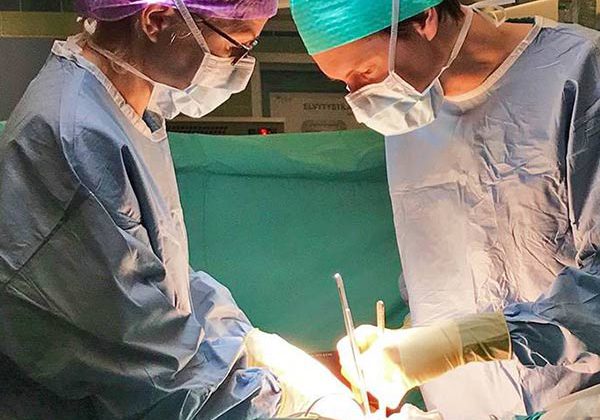Of glowing transgenic marmosets & shikimic acid
Ian Ellul
Today it seems that we are experiencing changes at a much faster rate. Remember the last editorial highlighting the fact that the WHO had raised the level of influenza pandemic alert to phase 5, a step away from a global pandemic? Well, today, a few weeks down the line, not only we have witnessed the WHO announce a pandemic, but Malta has jumped from a zero-case scenario to almost 300 H1N1 cases. The pandemic is spreading like a drop of ink on blotting paper, notwithstanding the fact that countries have gone to extremes such as airport thermal scanners to detect H1N1 cases at their borders.
This is in turn leading to both challenges and initiatives. Apart from the concerns of counterfeit antivirals, pharmaceutical companies and governments now also have to face other limitations, including prices of excipients. Skyrocketing prices of shikimic acid, a key ingredient in the manufacture of oseltamivir, could hinder cost-effective supplies of the drug. In fact its price has risen 900% over the past few months. Amidst all this, the first cases of viral resistance to oseltamivir also started to appear. However, on a more positive note, last July we have seen the first human trials beginning in Australia by the Biotech firm CSL. Also, we have seen Sanofi-Aventis pledging 100 million doses of influenza vaccine to the WHO to help developing countries face the pandemic. Such social responsibility is commendable.
In order to tackle the challenges which are currently presenting themselves, we are also seeing the UK embark on a number of initiatives. The medicines regulator, MHRA, has launched a new webpage specifically for reporting adverse drug reactions associated with the oseltamivir and zanamivir – hopefully we will see this pharmacovigilance tool being implemented by other countries as well. Furthermore, the UK has recently opened a Genome Analysis Centre in Norwich. It is hoped that the genomic analysis of microbes will help the country develop new antibiotics to fight superbugs. Besides, plans to create an innovation investment fund have been announced. The targeted £1 billion over the next 10 years will be used to invest in technology-based businesses with high growth potential. Such initiatives will most certainly place the UK at a competitive edge with regards to R&D in Europe.
Finally, an article published in Nature recently reported that researchers in Japan have succeeded in creating the first transgenic primate, a marmoset, one of which has passed on its modified genetic traits to its offspring. Though primates that make a glowing protein have been created before, these are the first to keep the change in their bloodlines. The research team has introduced a gene into marmoset embryos that allows them to build a green fluorescent protein (GFP) in their tissues. GFP was originally isolated from the jellyfish Aequorea victoria, which glows green when exposed to blue light. The breakthrough could eventually lead to animal models of disease which mimic much more closely the human genetic and physiological make-up.



